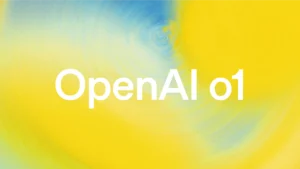In the context of natural language processing (NLP) and machine learning, perplexity is a metric used to evaluate the performance of language models. It measures how well a model predicts a sequence of words, with lower perplexity indicating better performance.
Key Characteristics:
- Probability-Based Metric: Reflects the inverse probability of the model predicting the test set, normalized by the number of words.
- Interpretability: Lower perplexity means the model is more confident and accurate in predicting the next word in a sequence.
- Logarithmic Scoring: Calculated using the logarithm of the likelihood of the predicted words, averaged across the sequence.
- Language Model Quality Indicator: Commonly used to compare and benchmark different language models.
Formula:
For a test set TTT with NNN words and a model assigning probabilities P(wi)P(w_i)P(wi) to each word wiw_iwi:
Perplexity=2−1N∑i=1Nlog2P(wi)\text{Perplexity} = 2^{-\frac{1}{N} \sum_{i=1}^N \log_2 P(w_i)}
Perplexity=2−N1∑i=1Nlog2P(wi)
A lower perplexity indicates the model better predicts the observed data.
Applications:
- Language Model Evaluation: Assesses how well a language model captures the structure and semantics of a given language.
- Model Comparisons: Benchmarks models like GPT, BERT, and LSTM based on their ability to predict text accurately.
- Training Progress: Monitors model performance during training, guiding improvements in hyperparameters or architecture.
- Task-Specific Metrics: Complements other metrics, such as BLEU or ROUGE, for evaluating text-based tasks like translation or summarization.
Why It Matters:
Perplexity provides an intuitive measure of how well a language model understands a dataset. It is a crucial tool for fine-tuning models and ensuring their outputs are coherent and contextually relevant.



